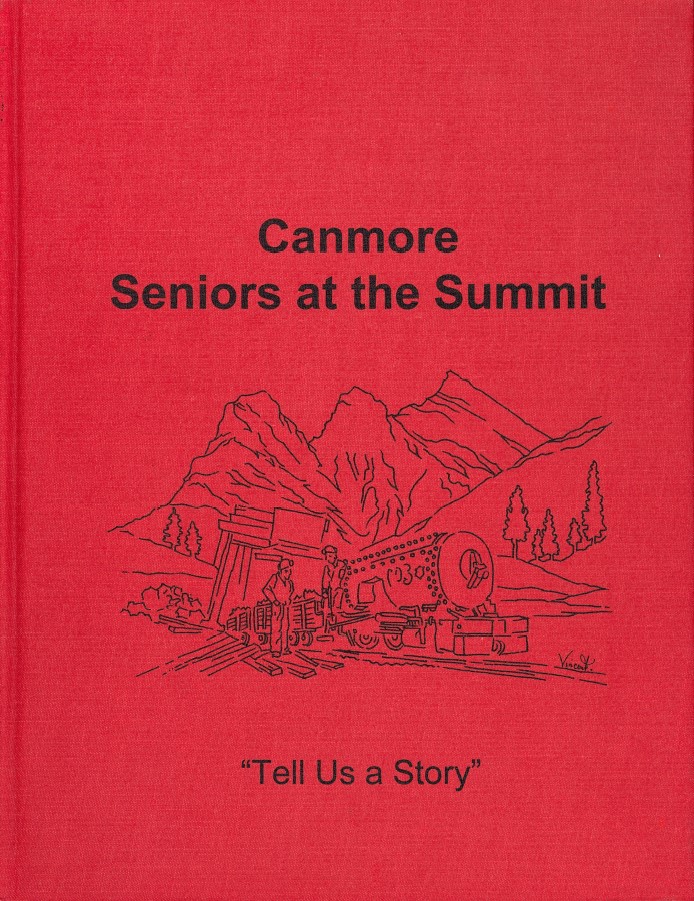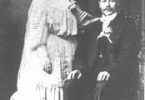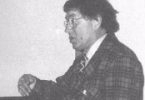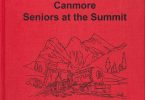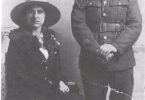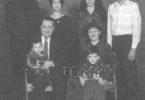Before World War I, Giovanni Maschio from Corlo, Vicenza, Italy, arrived in Bankhead, Alberta, with his two sons, Victor (Vittorio) and Angelo, where they secured employment with the Bankhead Mines. In 1915, Victor decided to return to Italy to enlist in the Italian army, leaving his father and brother behind in Bankhead.
After the war, Victor married Angelina (Angela) Smaniotto. He returned to Bankhead after arranging for his bride to follow him. Upon his return, he discovered that his brother had been killed in a mine accident. He is buried in the old Banff Cemetery.
The next year, probably 1920, Angela arrived in Bankhead by train. She spoke no English. She arrived at night and there was no one to meet her. However, the station master knew that she was expected soon. When he realized who she was, he kindly took her to the house where Victor and Giovanni lived.
Victor and Angela continued to live in Bankhead until 1922 when, after a long strike, the mine closed forever. Giovanni returned to Italy and Victor and Angela moved to Canmore where they established their home on “School Street”. Victor worked for the Canmore Mines long after the usual retirement age.
Angelina died in 1970, Victor in 1976. The Maschios had two children, Angelo Victor and Onorina Rose. Angelo (Spec) lived in Canmore all his life except for time spent in the armed forces during W.W. II. Most of his working years were spent at the Canmore Mines where he became chief surveyor and safety supervisor. Angelo married Jean Marie Purcell who was a teacher at the Canmore school. They had four children, Phyllis, Margaret, Patrick, and Kathleen.
Onorina graduated from the Edmonton General Hospital and went to Kimberley, British Columbia, to pursue her nursing career. There she met and married Aubrey Milford Winger and they made their home in Kimberley. Their two children, Joann and Michael, also live in Kimberley.
In Canmore Seniors at the Summit, ed. Canmore Seniors Association, 2000, p.178-179.

